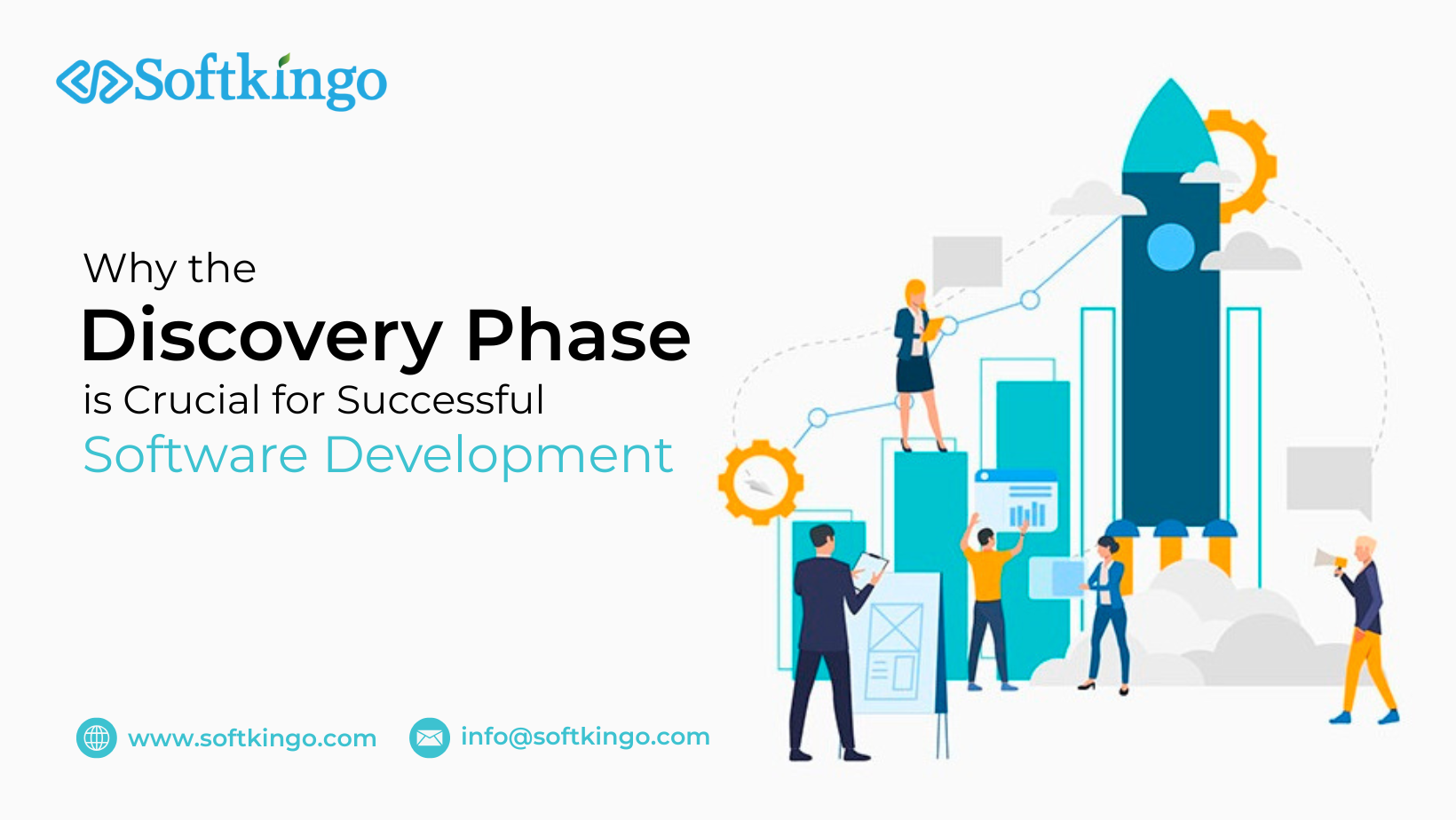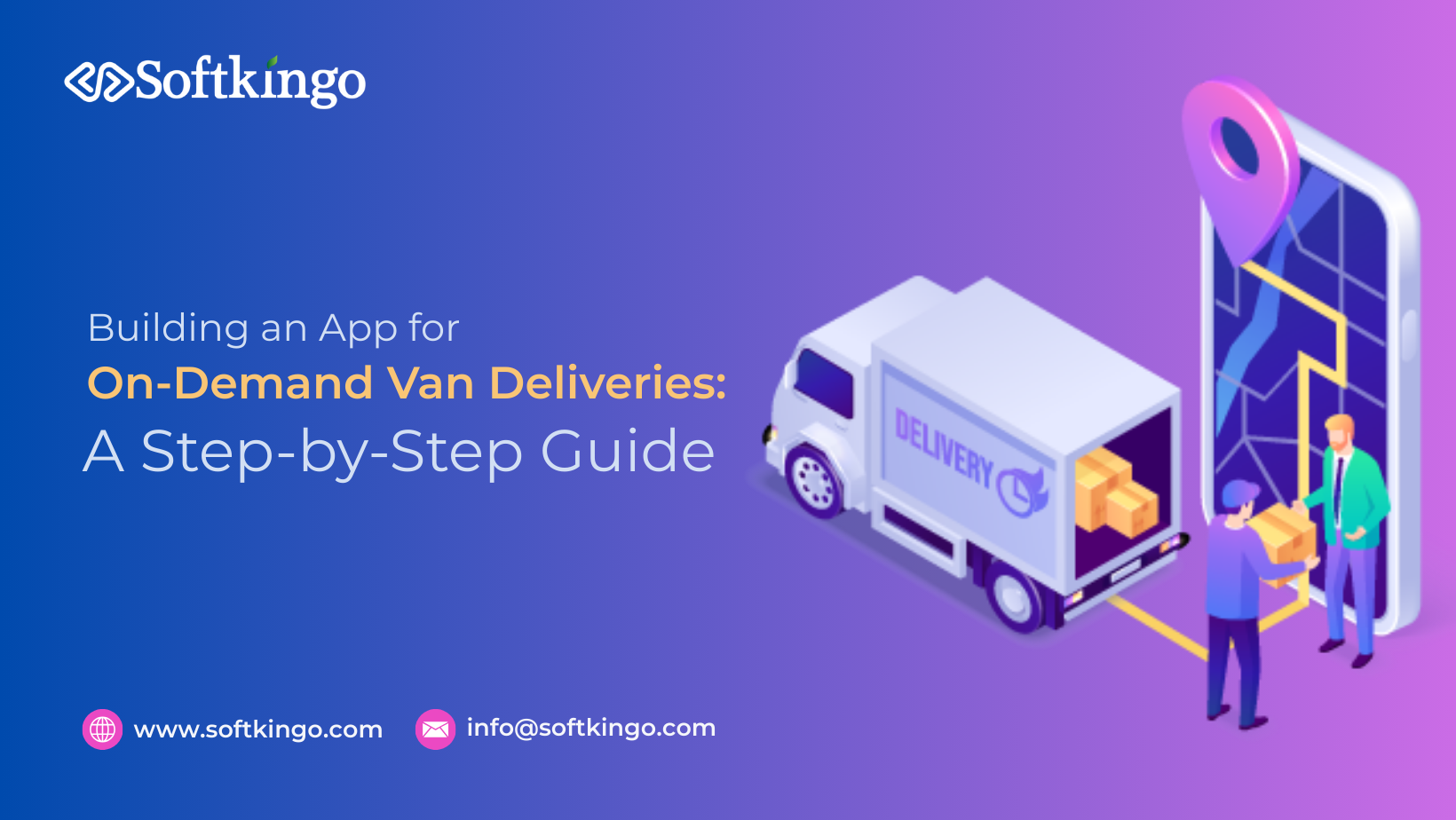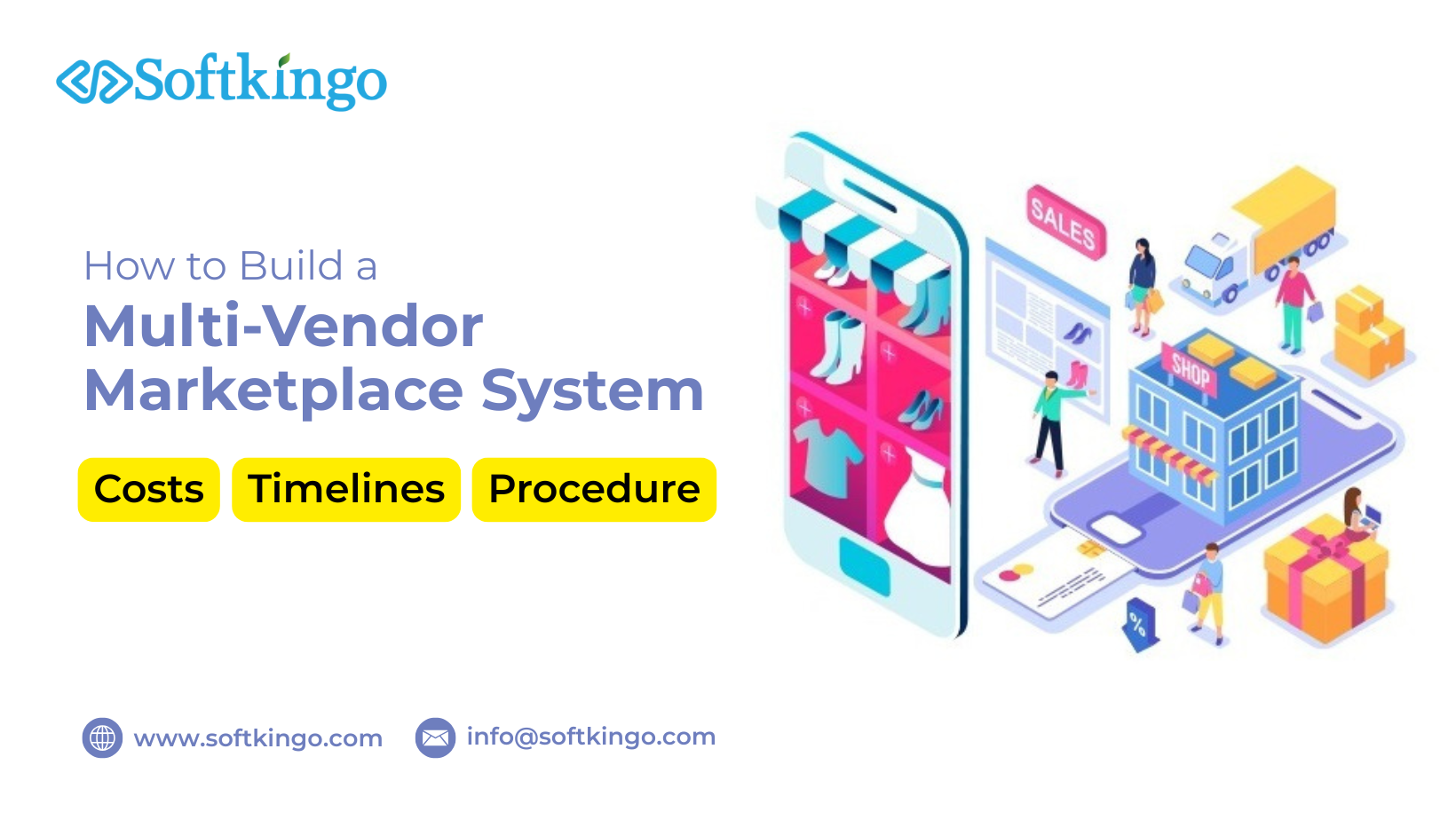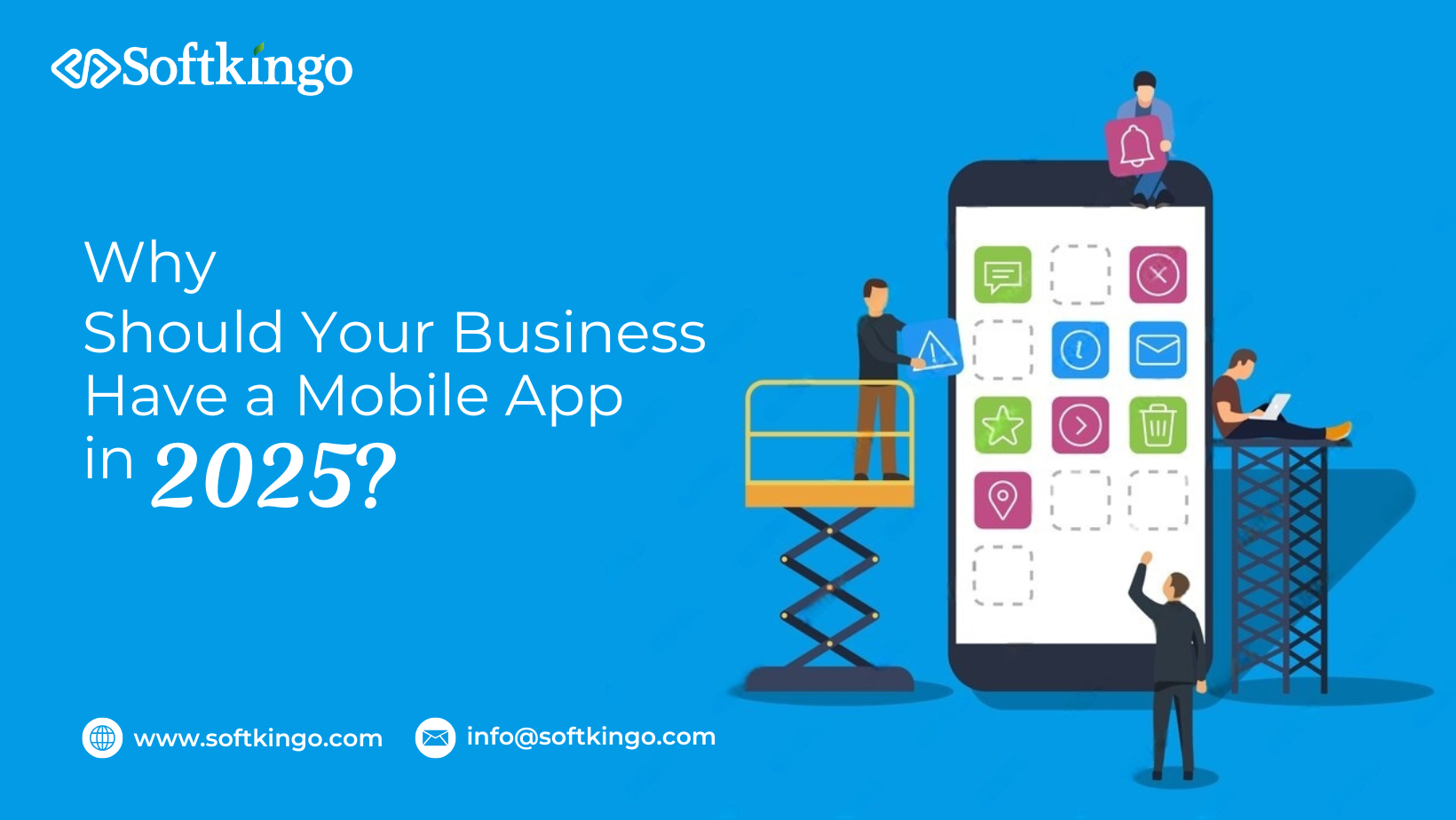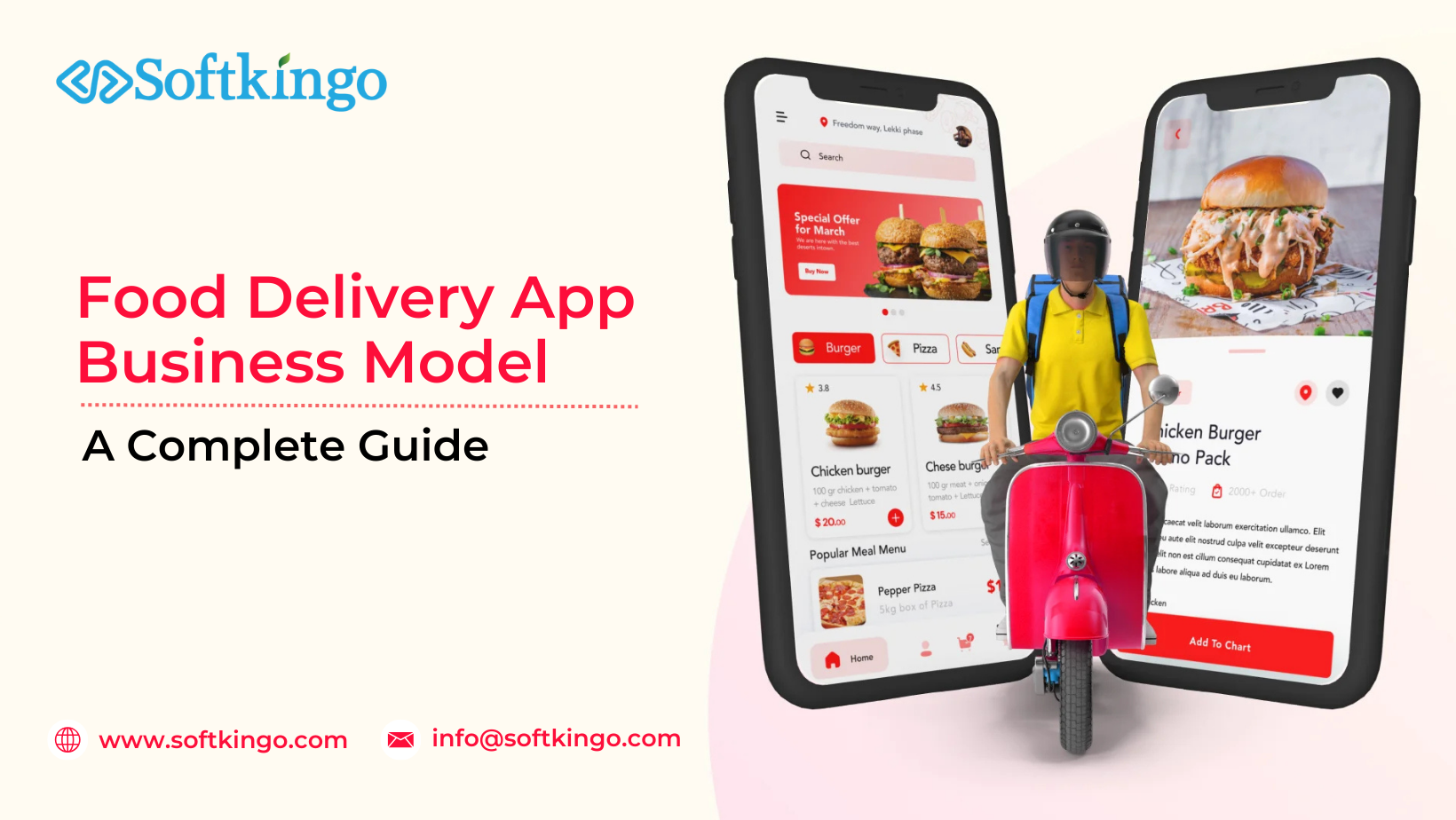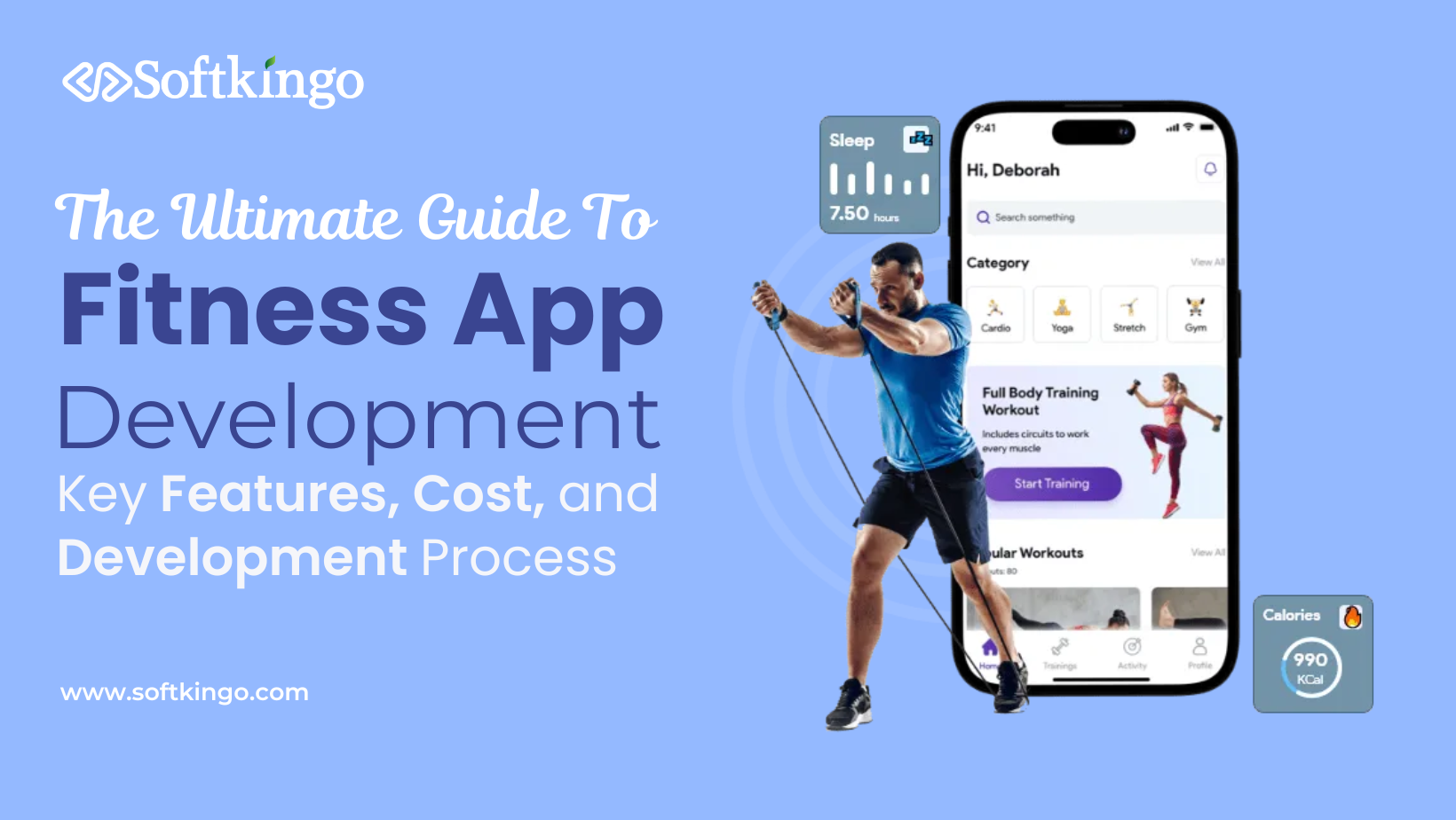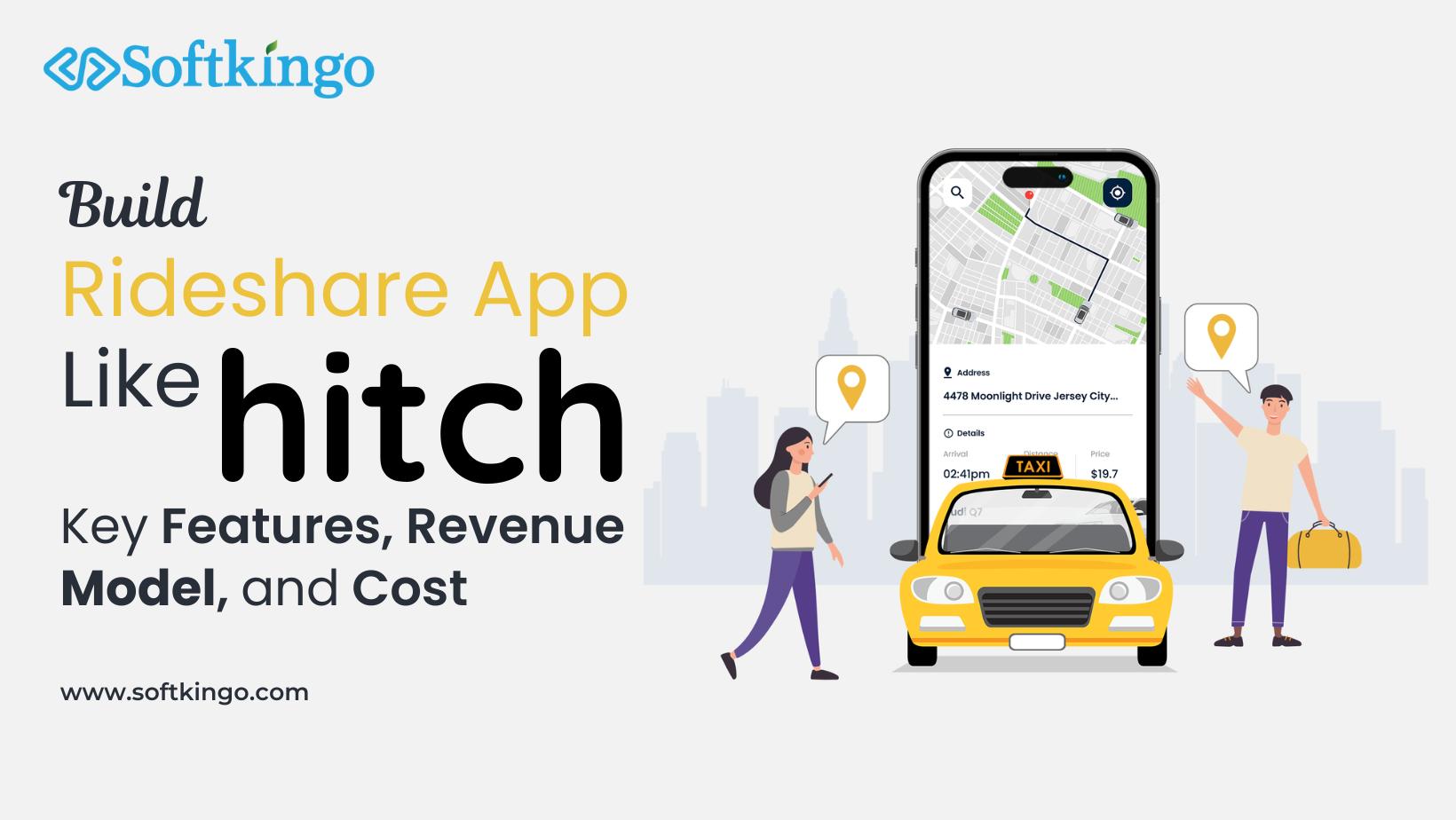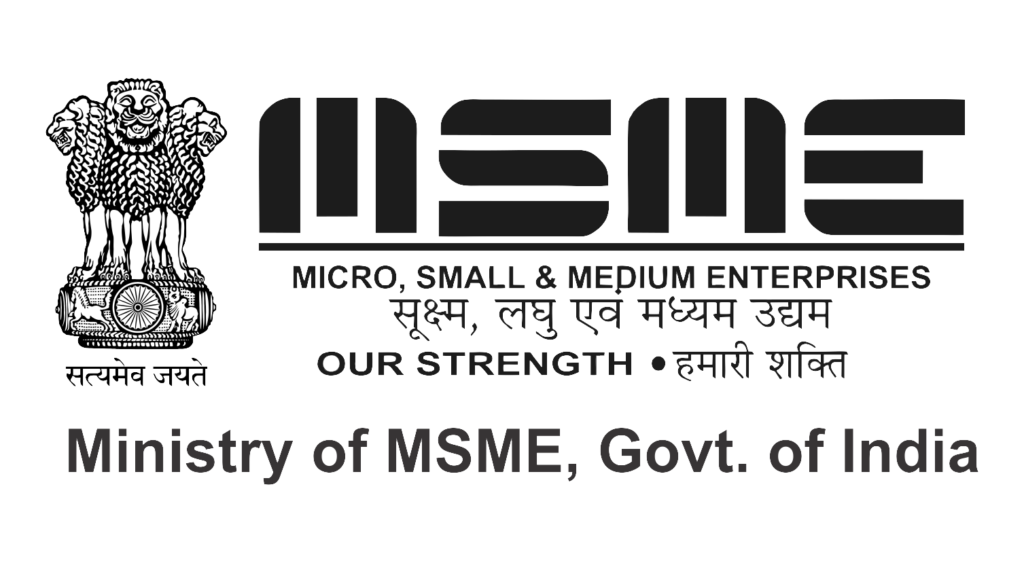A Comprehensive Guide to Super App Development
In Asia, platforms like WeChat and Grab started with simple functions—messaging or ride-hailing. However, they quickly evolved into multi-service ecosystems, integrating features like digital payments, shopping, and more—all in one interface. Their success was driven by rapid innovation and strategic scaling, eventually transforming them into billion-dollar enterprises.
This evolution fundamentally changed how people interact with digital services. Enter the super app: a platform that combines multiple daily-use functions under one roof. Users embraced the unmatched convenience, while businesses discovered new avenues for customer engagement and retention. Now, this trend is going global.
With the global super app market projected to hit USD 426 billion by 2030, growing at a CAGR of 27.8% from 2023 to 2030, the message is clear: super apps are in demand—and profitable.
As digital expectations rise, businesses across sectors are exploring super app development to gain a competitive edge. But success requires more than packing features into one app. It demands strategic planning, robust tech architecture, and an exceptional user experience.
This guide will walk you through everything you need to know to build a successful super app.
What Is a Super App—And How Is It Different from Multi-Service Apps?
A super app is a digital platform that brings together diverse services—social networking, shopping, payments, transportation, and more—into a single, unified experience. The goal? Keep users engaged in one ecosystem, reducing the need to switch between apps.
Super App vs. Multi-Service App: Key Differences
| Feature | Super App | Multi-Service App |
| Scalability | Continuously integrates new services | Limited to core functions |
| User Experience | Unified, seamless interface | Disconnected or loosely linked features |
| Ecosystem Control | Supports third-party integrations | Typically in-house services only |
| Examples | WeChat, Grab, Gojek | Uber (with Uber Eats), Amazon (Prime + Shopping) |
Multi-service apps expand on a primary offering—for example, Uber adding food delivery. But they typically serve a single vertical.
Super apps, in contrast, are full-scale ecosystems. For example, WeChat users can message, pay bills, book doctors, and access government services—all in one app.
The Game-Changer: User Stickiness
Super apps are built to keep users inside their ecosystem. The more services available within the app, the fewer reasons users have to leave. This leads to higher engagement, frequent transactions, and better monetization.
Who Should Build a Super App—and Why?
Super apps are redefining how businesses connect with users. They allow companies to meet a wide range of user needs from one interface, driving retention and revenue.
Industries That Benefit the Most
1. eCommerce & Retail
Super apps can manage the full shopping journey—from browsing to payment to delivery.
- One-click checkout with integrated payments
- Loyalty programs and cashback
- Fast delivery options
2. Banking & Finance
With the rise of digital wallets, super apps can expand into:
- Mobile payments
- Microloans, investments, and insurance
- Subscription and bill management
3. Healthcare
Going beyond teleconsultations, a super app in healthcare can include:
- Doctor consultations
- Medicine delivery
- Wearable health monitoring
4. Ride-Hailing & Mobility
Mobility services can diversify through:
- Bike rentals, carpools, and public transport options
- Food and parcel delivery
- In-app payments and rewards
How Super Apps Make Money
Super apps open the door to multiple revenue streams and enhanced user engagement.
Monetization Opportunities
- Advertising: In-app promotions tailored to user behavior
- Transactions: Service fees on every transaction
- Subscriptions: Premium services or memberships
Cross-Selling & Upselling
Leverage integrated services to cross-promote:
- A ride-hailing app offering food delivery
- A retail app suggesting loans or insurance
- A fintech app promoting investment products
Data-Driven Personalization
Super apps gather valuable user data—spending habits, preferences, behavior. This enables:
- Targeted marketing
- Personalized user experiences
- Monetization through strategic partnerships
Key Features for Super App Development
1. Secure User Authentication
- Multi-factor authentication
- Biometric login
- Data encryption and compliance
2. Integrated Digital Wallet
- Buy now, pay later (BNPL) options
- Card and crypto payments
- Rewards and cashback
3. AI-Powered Personalization
- Service recommendations based on user behavior
- Predictive pricing
- Dynamic content and promotions
4. Multi-Service Modules
- Mobility: Ride booking, payments
- eCommerce: Shopping, grocery delivery
- Food Delivery: Local restaurants, cloud kitchens
- Healthcare: Consultations, prescriptions, health tracking
Step-by-Step Guide to Building a Super App
Step 1: Define the Vision
Identify core services, define the MVP, and outline a scalable monetization model.
Step 2: Choose the Right Tech Stack
| Category | Tools |
| Frontend | React Native, Flutter, Kotlin, Swift |
| Backend | Node.js, Python, Java |
| Database | MongoDB, PostgreSQL, Firebase |
| Security | OAuth 2.0, AWS Cognito, Firebase Auth |
| Payments | Stripe, PayPal, Razorpay |
| Architecture | Microservices, Docker, Kubernetes |
| AI & ML | TensorFlow, OpenAI, Amazon Personalize |
| Analytics | Mixpanel, GA, ELK Stack |
Step 3: Design for Seamless UX
Ensure clean, intuitive navigation. Prioritize speed, accessibility, and responsiveness across services.
Step 4: Develop & Integrate
Focus on modular components. Implement APIs for easy third-party integrations and updates.
Step 5: Test & Secure
- Load and performance testing
- Device and platform compatibility
- Security audits and compliance
Step 6: Launch & Iterate
Start with a soft launch, gather feedback, and optimize. Scale based on real-time analytics and user behavior.
Beyond Subscriptions: Smart Monetization Strategies
1. Super App as a Platform (SAAP)
Let third-party businesses integrate their services.
- Marketplace model: External sellers pay commissions
- API integrations: Generate revenue from third-party tools
2. Advanced Monetization Tactics
- Sponsored listings or services
- Tiered subscription packages
- White-label service offerings
Post-Launch Scaling & Maintenance
Launching your super app is just the beginning. Here’s how to keep growing:
- Handle heavy traffic: Use cloud-based auto-scaling and Kubernetes
- Expand with APIs: Continuously add new services and tools
- Security-first approach: Use real-time threat detection and AI-powered fraud prevention
- User analytics: Optimize with data-driven updates
Super App Development Cost Breakdown
| Phase | Estimated Cost |
| MVP | $100,000 – $300,000 |
| Full-Scale App | $500,000 – $1.5 million |
| Monthly Maintenance | $10,000 – $50,000 |
Outsourcing vs. In-House
- In-House: Greater control, higher cost (~$1M+/year)
- Outsourcing: Faster time-to-market, cost savings (30–50% lower)
Final Thoughts: Is a Super App Right for You?
If you’re aiming for long-term customer engagement, cross-industry expansion, and multi-stream revenue, super app development is a future-proof strategy.
From fintech to retail, these apps redefine how businesses serve their users—seamlessly, intelligently, and profitably.
Looking to build a scalable super app? Softkingo can help.
See It in Action:
We built an AI-driven content solution for a retail brand that increased organic traffic and boosted SEO rankings using Generative AI and AWS infrastructure. The result? Higher engagement, more conversions, and improved brand visibility.
Let’s build the future—together.
📩 Get in touch with our team to start your super app journey.
FAQs
Are super apps the future?
Absolutely. With users demanding convenience and businesses looking to boost engagement, super apps are redefining industries like finance, mobility, healthcare, and retail.
Why Are Super Apps Popular?
Super apps have gained popularity because they offer unmatched convenience and efficiency. Instead of switching between multiple apps for different needs—like messaging, shopping, payments, food delivery, or transportation—users can access everything within a single platform.
From a user perspective, super apps save time, reduce digital clutter, and provide a seamless experience with personalized services and unified logins.
From a business standpoint, super apps are a goldmine for customer retention, cross-selling, and data-driven monetization. By keeping users within their ecosystem, companies can drive more engagement, lower acquisition costs, and open up multiple revenue streams through ads, transactions, subscriptions, and partnerships.
Why Are Super Apps Popular?
Super apps have gained popularity because they offer unmatched convenience and efficiency. Instead of switching between multiple apps for different needs—like messaging, shopping, payments, food delivery, or transportation—users can access everything within a single platform.
From a user perspective, super apps save time, reduce digital clutter, and provide a seamless experience with personalized services and unified logins.
From a business standpoint, super apps are a goldmine for customer retention, cross-selling, and data-driven monetization. By keeping users within their ecosystem, companies can drive more engagement, lower acquisition costs, and open up multiple revenue streams through ads, transactions, subscriptions, and partnerships.
Paramhans Singh is the Director of Operations at Softkingo Technologies, bringing over 8 years of experience in delivering custom software solutions that help startups and enterprises achieve their business goals. He has successfully validated more than 220 app and website ideas and delivered over 100 tailored solutions, utilizing a range of technologies such as Swift, Kotlin, React Native, Flutter, PHP, RoR, IoT, AI, NFC, AR/VR, Blockchain, and NFTs.




